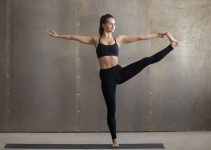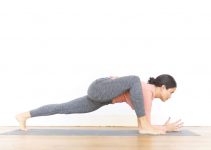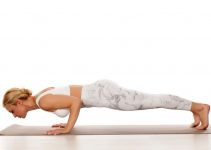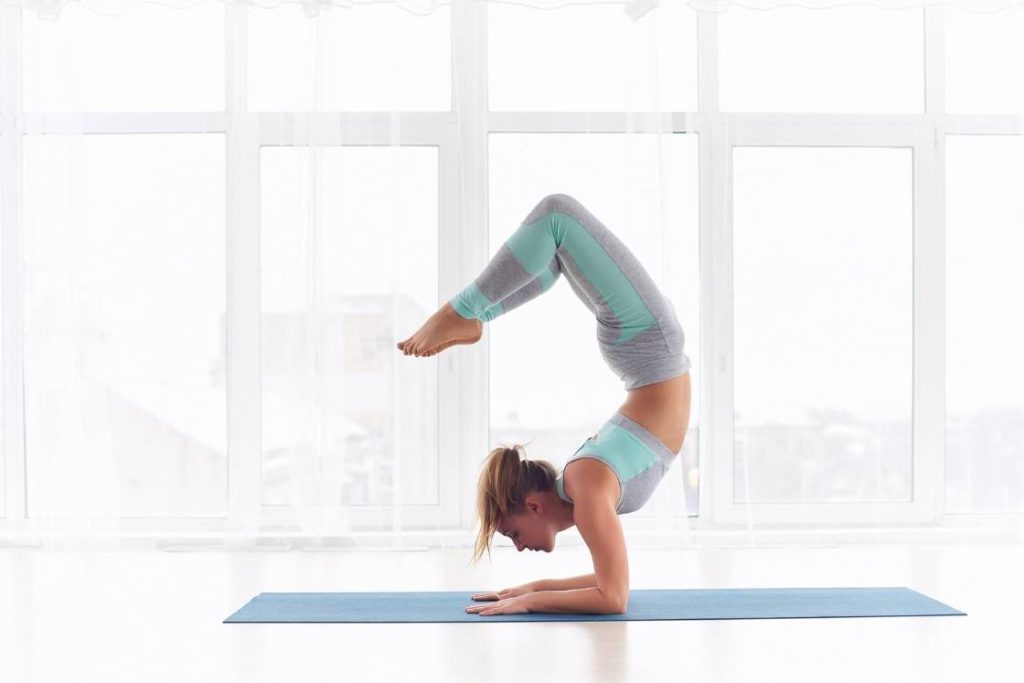
Vrischikasana is an advanced forearm balancing yoga asana. In this pose, a practitioner requires to maintain the body in an upside-down position along with back bending action.
The final stance of Vrischikasana is one step deep to Pincha Mayurasana. In Vrischikasana, the practitioner has to modify pinch mayurasana by bending the knee to reach the feet to the head. This backbend arches the back and the whole body is lifted off the floor balanced on the forearms.
It is a deep body stretching pose that provides flexibility to the spine, legs, abdomen, and neck muscles.
Vrischikasana Meaning
In Sanskrit, “Vrischik” refers to “scorpion” and “asana” is “pose”. When the body is inverted to perform this pose it is followed by bending the knees landing the foot to the head.
This resembles the scorpion with its tail arched over its back, ready to strike the sting to its prey. Hence, known as vrischikasana or Scorpion pose.
Psychological Significance
The human brain is a complex hub of emotions. It stores knowledge and strength along with weakness, anger, jealousy, intolerance, etc. These emotions serve as poison for psychological health.
Therefore, by landing the feet on the head in scorpion pose, the yogi is symbolically representing the removal of such negative emotions. The elimination of these emotions leads the practitioner to harmony.
Vrischikasana Practice Guide
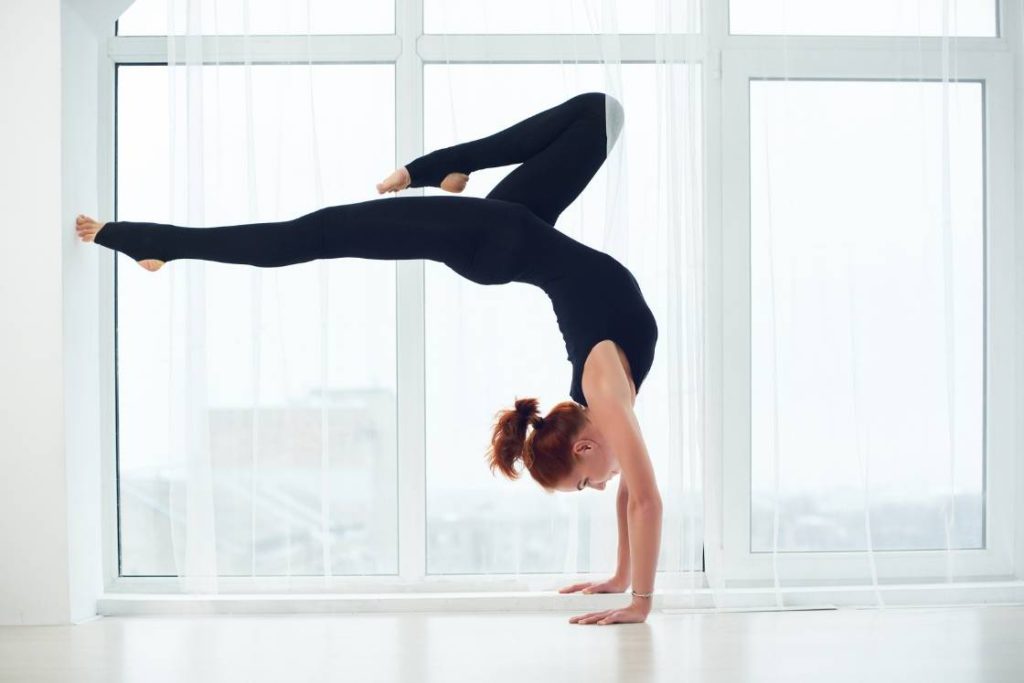
Precautions & Contraindications
- People with high blood pressure or heart disease must ignore this pose.
- Do not practice Vrischikasana in pregnency.
- Do not rush to attempt vrischikasana as a beginner yogi. Try to get expertise in all the asana that acts as its foundational poses. Only after gaining that flexibility and control step towards such an advanced pose.
- Avoid the pose if you have any injury or issue in the spine, shoulders, wrists, or hips.
- People having vertigo should also not perform this pose.
Preparatory Poses
- Downward Facing Tree Pose (Adho Mukha Vrikshasana)
- Headstand (Sirsasana)
- Dolphin Pose (Catur Svanasana)
- Feathered Peacock Pose (Pincha Mayurasana)
- Cobra Pose (Bhujangasana)
- Wheel Pose (Urdhva Dhanurasana)
How to Do Vrischikasana (Steps)
- Begin with kneeling on the floor.
- Lean forward with your elbows, forearms, and hands to the floor.
- Start walking towards your elbows as far as possible.
- With exhalation lift your legs off the floor one-by-one.
- Stretch your chest and legs up vertically.
- Try to find your balance with the entire weight on elbows, forearms, and palms.
- Exhale gently bend your knees with pointed toes.
- Slowly lift your head and neck off the floor and raise as high as possible.
- Keep lowering your feet until they rest on your crown.
- Continue breathing normally for 30 seconds.
- To release, bring your legs to the floor beyond the head.
- Lift the elbows off the floor and straighten your arms to come to urdhva dhanurasana.
- Then try to come to vipritta chakrasana and then, relax in tadasana.
Beginner’s Tips
- When you are trying to lift the legs off the floor, begin with raising only one leg. Lift the other heel and balance the lower leg on the ball of its foot. Now, begin rocking forward and then raise it to parallel to the other leg.
- It’s a wise choice to choose a wall to practice this pose taking its support for the lifted legs.
Follow-up Poses
- Downward-Facing Dog Pose (Adho Mukha Svanasana)
- Dolphin Pose Yoga (Catur Svanasana)
Props and Modifications
Vrischikasana can be modified using the following props;
- Chair – Place a chair in front of your hands while kneeling on the floor with elbows and forearms to the floor. Grab the chair’s legs from your hands. Now as you lift your legs and bend them towards your head, rest your toes on the chair.
- Yoga wheel – As you get into the scorpion pose fully, keep a yoga wheel under your upper body. It helps to keep the torso lifted and balanced.
- Bolsters – Stack 3-4 bolsters and come to the inverted pose for vrischikasana. When you bend your knees drop your feet upon the bolster and perform the pose with your heels resting on them.
Variations
- Vrischikasana II – Start with uttanasana. Keeping the palms to the floor lift your legs. With vertical legs, trunk, and straight arms, balance your weight on the hands. Raise your head and neck above the floor as far as you can. Bend your knees and bring your feet to your head.
- Shalabh vrischikasana – Lie down in a prone position. Straighten your arms under your body and clasp the fingers around your pelvic region. Then lift the legs and trunk as in vrischikasana, with your chin touching the ground. The weight is balanced on the shoulders, forearms, neck, and chin.
Vrischikasana Benefits
1. Strengthens the muscles
In Vrischikasana, the body weight is balanced on the arms that work out the muscles of shoulders, arms, and wrists. Also, the leg muscles get deep stretches along with hip flexors, chest, and spine. It enhances their flexibility and makes them stronger and stable.
2. Tones the abdomen
In vrischikasana, the trunk is also lifted off the ground. It stretches the abdominal muscles and tones them. This strengthens the core muscles and boosts stamina.
It helps get rid of fat deposition and improves digestion by massaging abdominal organs.
3. Enhances breathing capacity
While holding the pose fully, the chest is also stretched. This helps in the expansion of the lungs and increases oxygen intake. This improves the efficiency of the respiratory system.
4. Improves balance
It is an inverted pose. Here, the head lies below the heart that enhances the blood flow to the brain. The amount of oxygen reaching the nerves also increases.
This helps to calm the mind and brings a sense of control and coordination in the body. Therefore, vrischikasana is known to improve the overall balance in the body.
